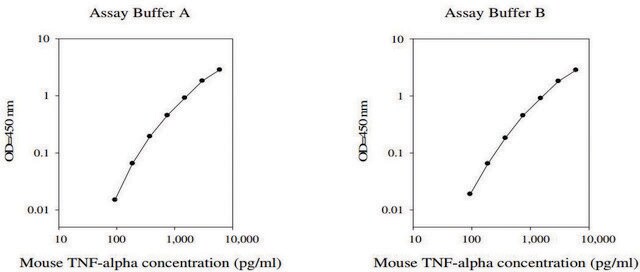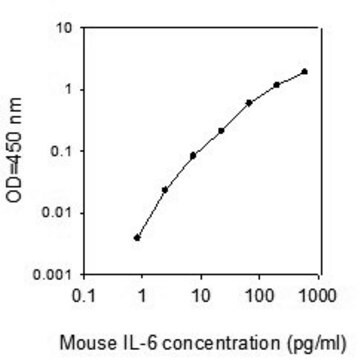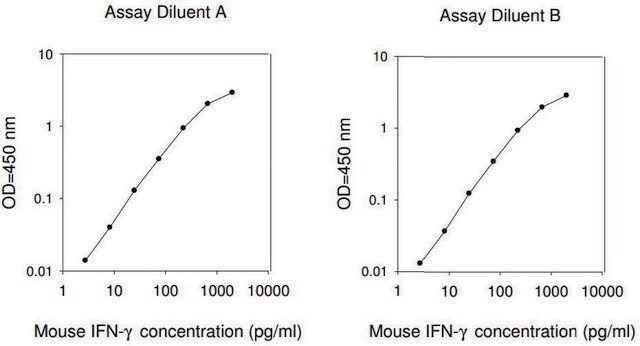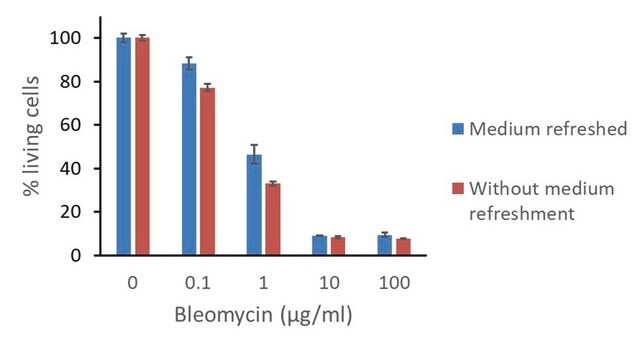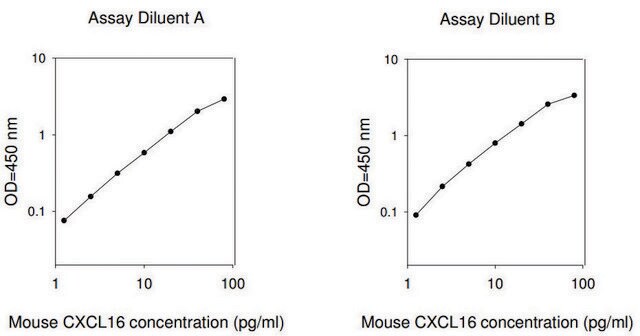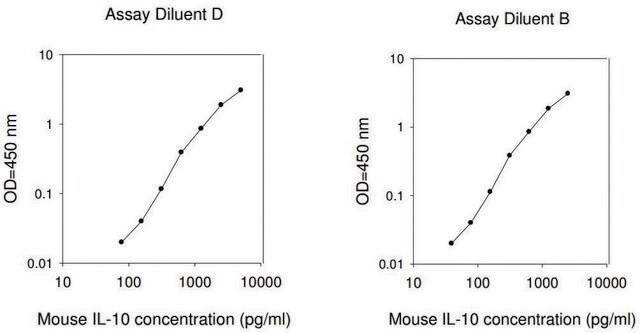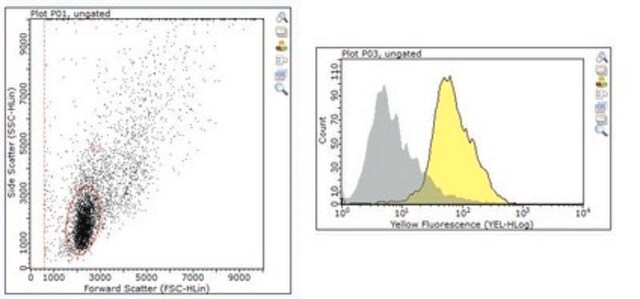RAB0849
Mouse Tnfsf10 / Tumor Necrosis Factor Ligand Superfamily Member 10 ELISA Kit
for serum, plasma and cell culture supernatants
About This Item
Prodotti consigliati
Reattività contro le specie
mouse
Confezionamento
kit of 96 wells (12 strips x 8 wells)
tecniche
ELISA: suitable
input
sample type plasma
sample type serum
sample type cell culture supernatant(s)
assay range
inter-assay cv: <12%
intra-assay cv: <10%
sensitivity: 2 pg/mL
standard curve range: 2.46-600 pg/mL
Metodo di rivelazione
colorimetric
Condizioni di spedizione
wet ice
Temperatura di conservazione
−20°C
Informazioni sul gene
mouse ... Tnfsf10(22035)
Descrizione generale
Applicazioni
Please refer to the attached General ELISA KIT Procedure (sandwich, competitive & Indirect ELISA)
Azioni biochim/fisiol
Altre note
Please type the word sample in the text box provided for lot number.
I componenti del kit sono disponibili anche separatamente
Avvertenze
Warning
Indicazioni di pericolo
Consigli di prudenza
Classi di pericolo
Met. Corr. 1
Codice della classe di stoccaggio
8A - Combustible corrosive hazardous materials
Punto d’infiammabilità (°F)
Not applicable
Punto d’infiammabilità (°C)
Not applicable
Scegli una delle versioni più recenti:
Certificati d'analisi (COA)
It looks like we've run into a problem, but you can still download Certificates of Analysis from our Documenti section.
Se ti serve aiuto, non esitare a contattarci Servizio Clienti
Possiedi già questo prodotto?
I documenti relativi ai prodotti acquistati recentemente sono disponibili nell’Archivio dei documenti.
Il team dei nostri ricercatori vanta grande esperienza in tutte le aree della ricerca quali Life Science, scienza dei materiali, sintesi chimica, cromatografia, discipline analitiche, ecc..
Contatta l'Assistenza Tecnica.